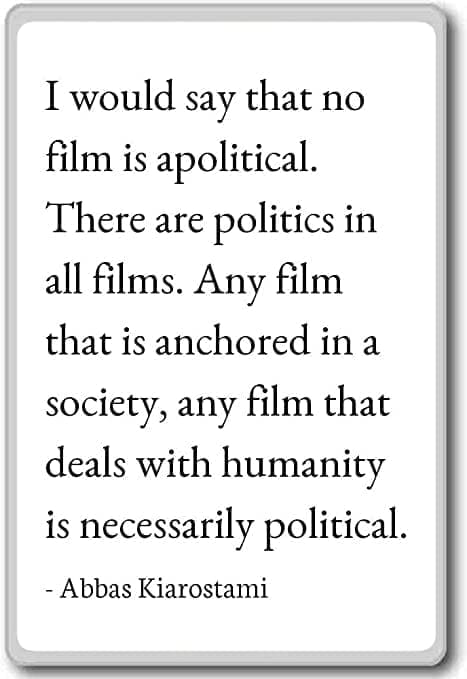
During the last three decades, Iranian Cinema – under the aegis of the Islamic Republic—has been esteemed by critics and scholars as one of the best and most interesting cinemas in the world. For several reasons, Iranian cinema has received unparalleled critical and scholarly attention over the last three decades. Almost every year for the past three decades, the most prominent international film festivals have included one or more Iranian films in their lineups.
Many of these festival entries have been lauded for their distinct aesthetic. Critics and academics have linked not only to their directors but also to an Iranian “school” of filmmaking that allegedly originated during the Islamic Republic.
History
Iranian cinema first gained international recognition for the pre-revolutionary art cinema known as the Iranian New Wave, and then for the post-revolutionary cinematic phenomenon known as the New Iranian Cinema. However, Iran has a long history of cinema, which dates back to 1900, when the Qajar court photographer Ibrahim Khan Sani al-Saltaneh Akkasbashi introduced film technology to the country. In Iran, the growth of cinema is inextricably related to the rise of modernity and the nation-state.
Throughout the long twentieth century and into the new millennium, Iranian cinema was a significant place where modernity and country were built, contested, and negotiated. The two revolutions in twentieth-century Iran, namely the constitutional revolution of 1905–1911 and the subsequent Islamic Revolution in 1979, are etched in the tradition of Iranian cinema. More than the other two cases, the Islamic Revolution left an indelible impression on Iran and Iranian cinema.
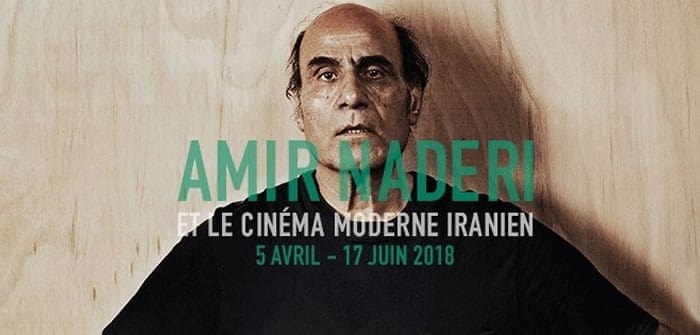
Along with the famous commercial cinema known as filmfarsi (“Persian film”), Iranian cinema witnessed the development of the Iranian New Wave during the second Pahlavi period, just before the 1979 revolution. However, the New Iranian Cinema of the post-revolutionary period brought Iranian cinema international acclaim, winning awards at prestigious film festivals regularly.
Amir Naderi’s masterwork The Runner (1984), which was a revelation when it premiered at the Festival of the Three Continents in Nantes, was what drew attention back to Iranian cinema.
The Runner, which was shot in multiple locations across Iran during the Iran-Iraq War (1980-1988), created its own cinematic landscape by following the solitary life of a young boy mesmerized by running, to which Naderi gave a profoundly moving, allegorical significance.
Following the Islamic Revolution in 1979 and the establishment of the Islamic Republic, the state apparatus established new guidelines to ensure that films produced in Iran followed the logic of an Islamic “system of modesty.” Surprisingly, these censorship rules compelled Iranian filmmakers to create a new film grammar, which, in constant negotiation with state censors, resulted in a unique visual and aural film type that is uniquely Iranian.
Old masters and the rise of New Wave directors
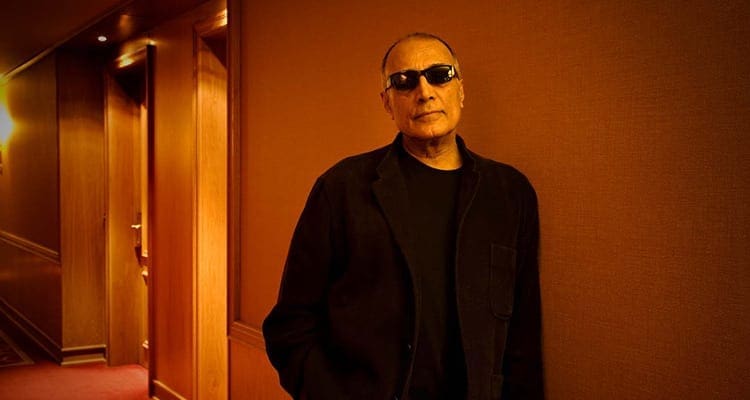
When Abbas Kiarostami’s now-classic film Where is the Friend’s Home? (1985) premiered at the Locarno Film Festival following the global success of The Runner; the world took note of the great potential in the Iranian director. Kiarostami was already a well-known and influential filmmaker in Iran. Still, his reception in Europe thrust him into the company of Vittorio De Sica’s Bicycle Thieves (1948), Yasujiro Ozu’s Tokyo Story (1953), and Satyajit Ray’s The Apu Trilogy (1955-1959), giving his work global power and significance.
When Jafar Panahi’s film The Circle (1999) premiered at the Venice Film Festival in the following decade, it received widespread critical acclaim. Panahi was Abbas Kiarostami’s protégé, but he took his mentor’s cinematic prowess into distinctly social and political realms, far beyond Kiarostami’s cinematic interests. Initially, he did so in slow, deliberate strokes. Soon after, he was convicted and sentenced to suspended jail sentences for his environmental activity during the Green Movement (2008-2010). He was not allowed to make films.
Asghar Farhadi’s meteoric rise changed people’s perceptions of what Iranian cinema had to offer. Farhadi’s 2011 family drama A Separation won the Academy Award for best foreign-language film in 2012, and his 2016 film The Salesman won the same award five years later. Farhadi came from a theatrical tradition, and his films are still profoundly dramatic in that context.
Asghar FarhadiThe success of Iranian cinema
Why has Iranian cinema become so famous, and what does it mean to be effective in the first place? To begin with the second issue, Iranian cinema is popular in some ways. It has one of the world’s largest film industries in terms of production (although most of those films will never be seen by international audiences). Anecdotal evidence also indicates that cinema is important to many Iranians. For a certain class of Iranians, going to the movies is still a common pastime.
If we define success as international recognition, then the first question becomes clear. More in-depth research into the political economy of international film festivals that have deemed Iranian cinema worthy of praise is needed.
What’s most intriguing about Iranian cinema is that it resides in a strange paradox of political and artistic tension. All films must adhere to the Islamic Republic’s moral, social, and religious rules, which are strictly enforced. Sexual contact is forbidden, and women must wear a hijab at all times. Despite these constraints, Iranian filmmakers do not shy away from tackling sensitive and complex social and cultural issues of all kinds; their exceptional ingenuity and innovation help them to thrive despite the challenges.
Iranian films are mostly humanist social dramas with a seemingly simple plot but a wealth of political subtext thanks to the art of allusion. The stories are often told from the viewpoint of a boy, with the most basic of plots. It’s amazing how a seemingly insignificant occurrence — returning a friend’s novel, attempting to buy a goldfish for Nowruz, misplacing a pair of shoes — can transform into a discovery of character, culture, and ourselves.
Top 5 Iranian films to watch
Children of Heaven (1997) – Majid Majidi.
 Children of Heaven, directed by Majid Majidi and nominated for an Academy Award, tells the story of two siblings, Ali and Zahra, who end up sharing a pair of tattered sneakers through school to support their financially strapped parents.
Children of Heaven, directed by Majid Majidi and nominated for an Academy Award, tells the story of two siblings, Ali and Zahra, who end up sharing a pair of tattered sneakers through school to support their financially strapped parents.
Children of Heaven, like most decent children’s movies, is equally fun for adults as well. Despite the fact that the film is seen through the eyes of children, Majid Majidi is able to provide a rather nuanced view of the Iranian landscape.
A Separation (2011) – Asghar Farhadi
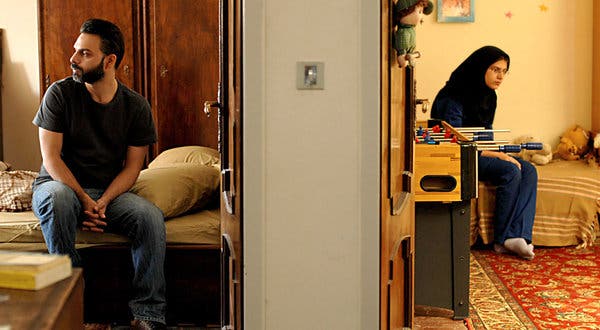
Farhadi is known for his subtly effective plot setups, the long camera takes, observational prose, and fluid screenplay direction. In his Academy Award-winning film A Separation, he attempts to capture the contemporary problems of an emotionally broken couple in a repressive country like Iran and their dilemma of choosing between a better lifestyle (future) and putting their family first.
The Circle (2000) – Jafar Panahi
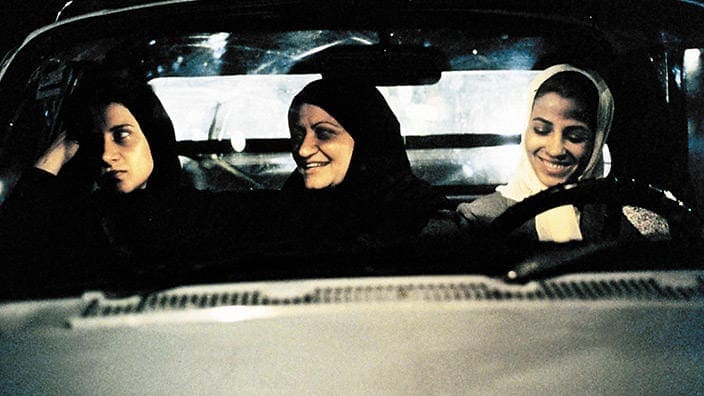
Jafar Panahi’s harrowingly strong film, which won the Golden Lion, demonstrates that Iranian cinema isn’t just about parables, fables, and childhood innocence; it can also be disturbingly explicit about the real-life adult world. This is the story of four women who have been bullied and marginalized by a culture that makes no apologies for men holding all the cards.
Where is the friend’s home? (1987) – Abbas Kiarostami
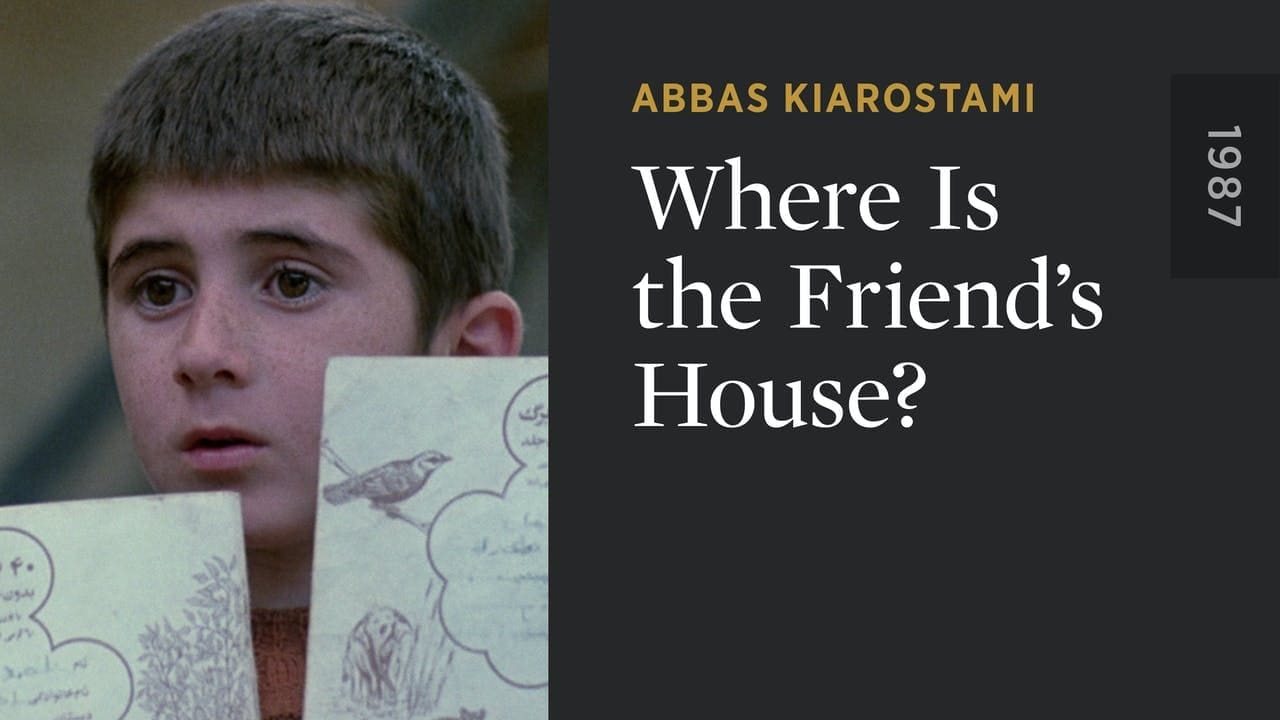
Where Is the Friend’s Home, directed by Abbas Kiarostami, is a deceptively simple story about a young boy’s search to retrieve his friend’s notebook. It honors daily heroism, children’s goodness and innocence, and rural communities’ communal spirit. It was mainly carried out by non-professionals. The death of Kiarostami in 2016 was a huge loss for Iranian cinema.
About Elly (2009) – Asghar Farhadi
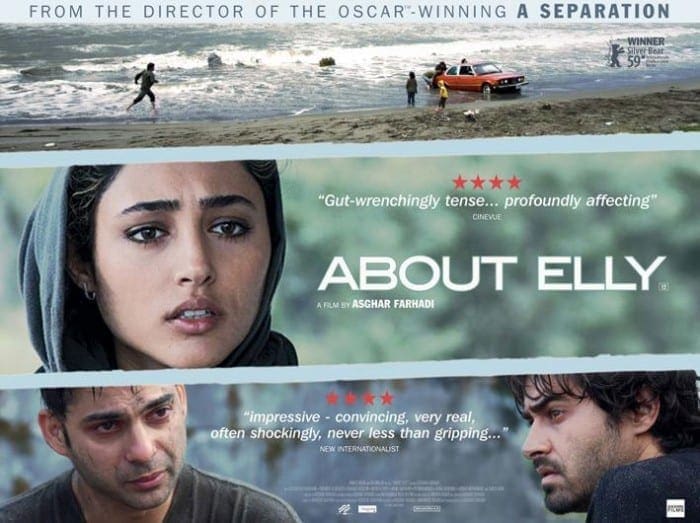
On the surface, Asghar Farhadi’s About Elly is a psychological drama about the dynamics of a group of university friends who go on a three-day vacation to the Caspian Sea. It’s a complex analysis of Iranian middle-class life on a deeper level. It raises provocative questions about group dynamics, moral decisions, and, most importantly, the culture of dishonesty in a closely monitored society.

Be the first to comment